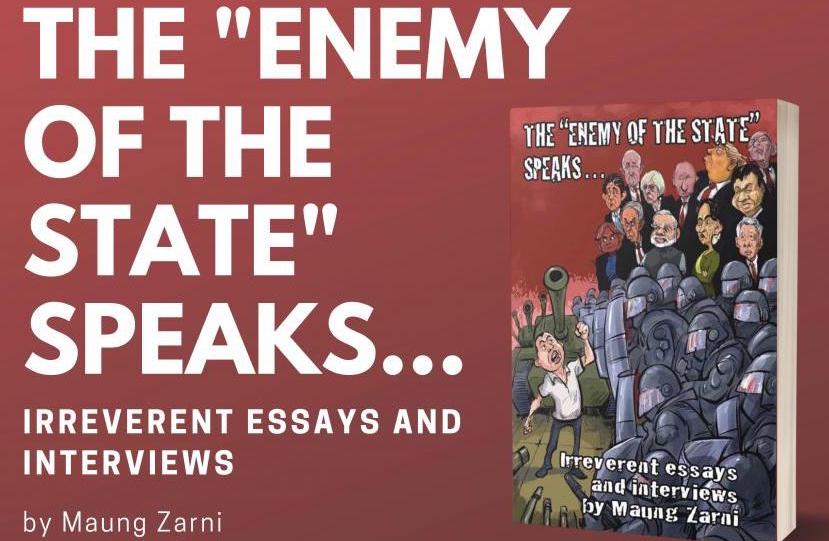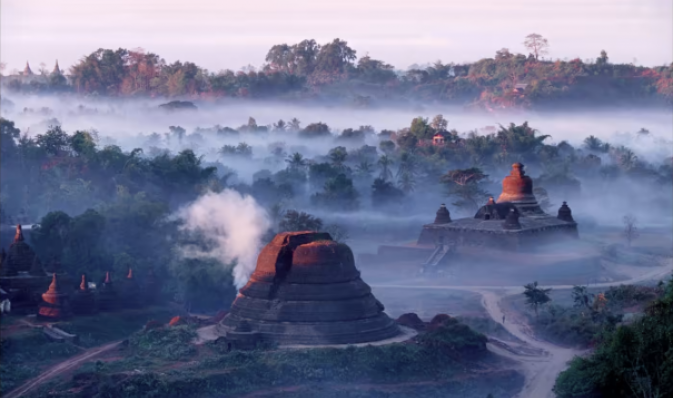
By DENIS D. GRAY, | Nikkei Asia | J
CHIANG MAI, Thailand -- It was the Golden Age of the Kingdom of Arakan. The capital of this 17th-century state was described by one visiting poet as a "matchless place on Earth" where merchants from far away traded in riches, while its kings erected soaring temples and its Buddhist and Muslim inhabitants supposedly lived in peace.
"Revering the sword of justice, the lamb and the tiger meet peacefully and drink at the same [reservoir]," wrote the Bengali poet Alaol of the region and its capital of Mrauk U at the kingdom's height of magnificence and might.
At its zenith the realm included half of what is now Bangladesh and swaths of western Myanmar, formerly known as Burma. But in 1784, an army of the powerful ethnic Bamar invaded and after 350 years the kingdom ceased to exist.
Since then Arakan, located in far western Myanmar on the Bay of Bengal and now known as Rakhine state, has lurched from one tragedy to another: colonization by the British, a Japanese invasion during World War II, periodic outbreaks of communal violence, the 2017 massacres and mass flight of Rohingya Muslims, which were described by Western nations as ethnic cleansing and crimes against humanity.
Religious tolerance is a distant memory. Ranked among Myanmar's poorest states, Rakhine has in recent years also been wracked by fighting between Rakhine Buddhists and Myanmar's military regime, with the Rohingya trapped in the middle.
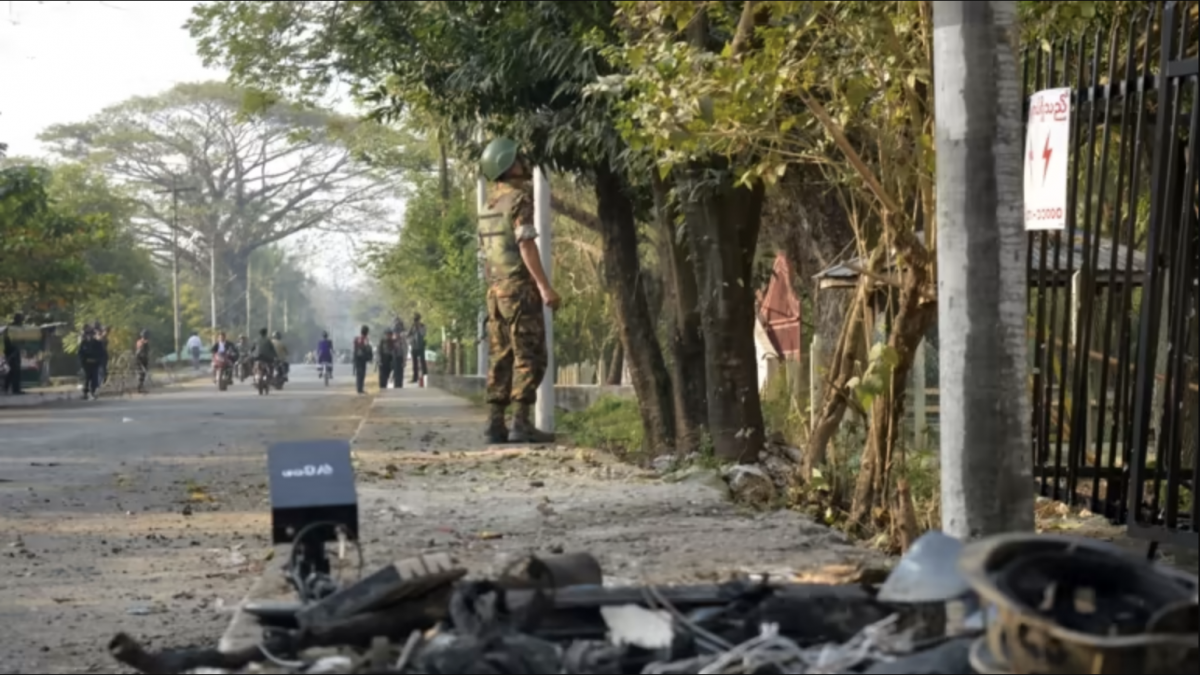
Maung Zarni, a Myanmar scholar and human rights activist, describes Rakhine as "The Genocide Triangle."
At one vertex are the Rakhine Buddhists, the state's dominant ethnic group who despite their common religion regard themselves as highly distinct from Myanmar's Bamar majority. Their quest for sovereignty began after Myanmar's independence from Britain in 1948, although the armed struggle proved largely ineffectual.
But that has changed, beginning in 2009 when 26 young Rakhine formed the Arakan Army and received military training from battle-hardened Kachin fighters, one of numerous ethnic insurgents who have been fighting the central government for decades.
In 2015, the Rakhine fighters returned home, combat-ready, and thousands joined their ranks. Fighting with regime forces escalated to new heights. Government forces, known as the Tatmadaw, unleashed gunfire from helicopters and warships, while the AA targeted them with rockets.
The three-way struggle has unfolded in a state about the size of Taiwan with a population of some 4 million, with Buddhists accounting for about 60% and Muslims 35%. The rest is made of Chakma, Chin, Mro, Thet and other minorities.
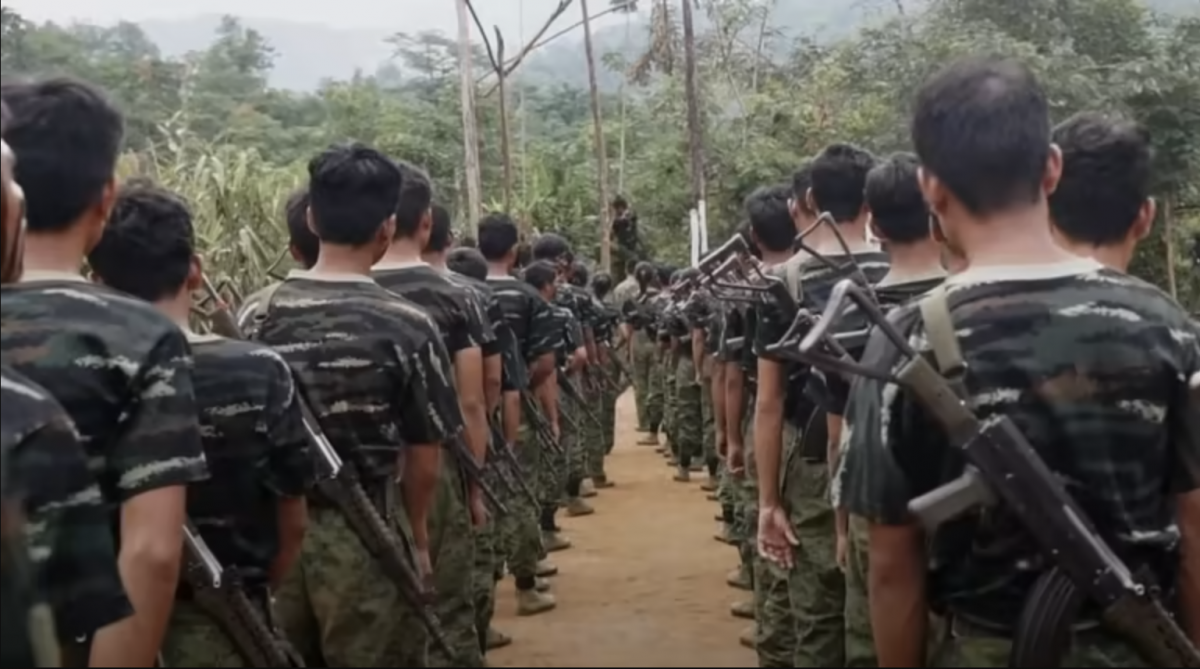
Analysts believe the AA, along with the Wa of northeastern Myanmar and their highly potent army, stands the best chance of wresting autonomy from the central government.
Since the military ousted the democratically elected government on Feb. 1, 2021, an array of armed groups from both these ethnic minorities, several allied with the AA, and Bamar opponents have battled the regime across the country.
Beyond the military's firepower, the AA's commander, Maj. Gen. Twan Mrat Naing, maintains the regime is politically paralyzed, economically bankrupt and an international pariah. "The junta has found itself in the middle of a storm. ... Once their chain of command and cohesion is disrupted with inner cleavages and mutinies, they could be blown out like a supernova," he said in a rare interview last year with Bertil Lintner, an author of several books on Myanmar.
But where an AA victory and the dominance of Rakhine Buddhists would leave the Rohingya, the second vertex of the triangle, is an open and crucial question.
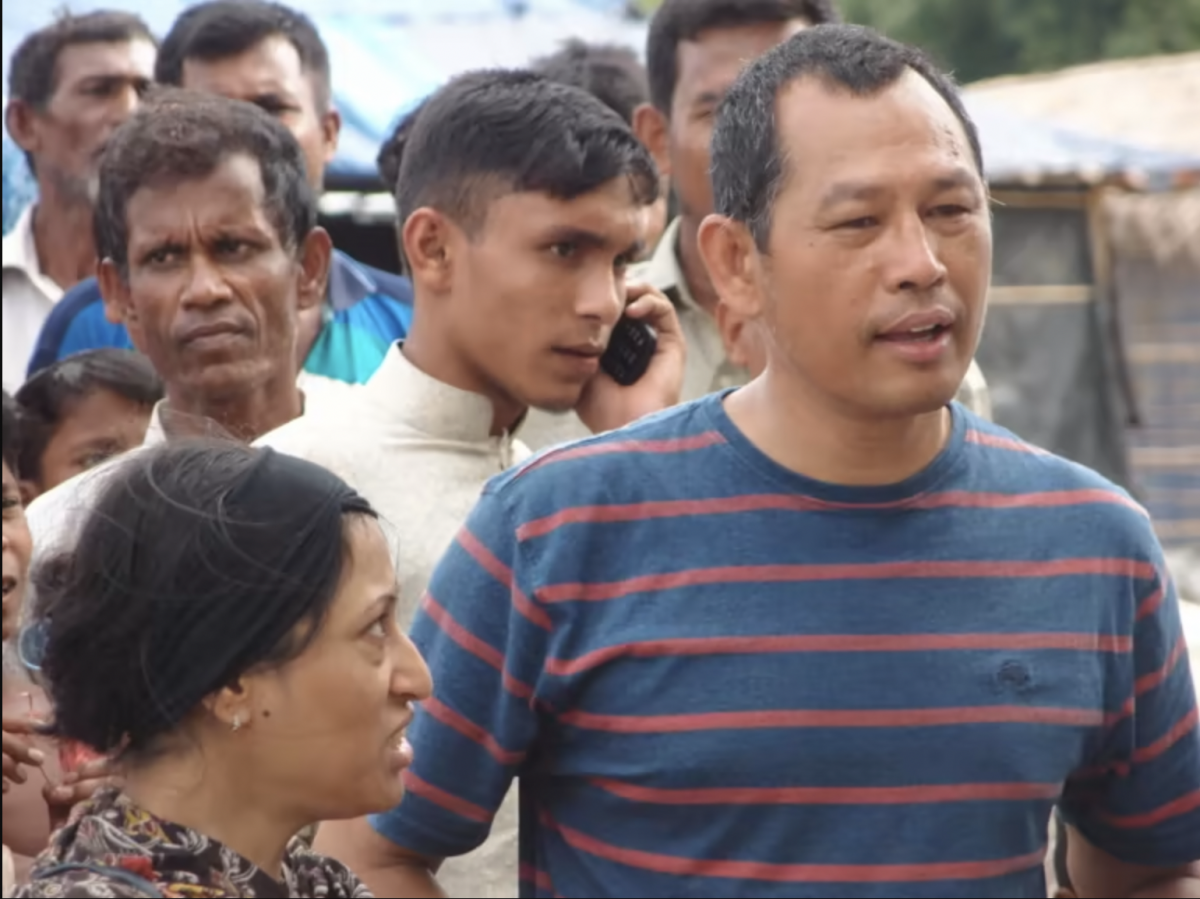
"Rakhine nationalists are no more progressive nor more enlightened than the Burmese military regime with whom they share the cancer of Islamophobia," said Zarni, a Bamar living in the U.K. The AA does not recognize the Rohingya as an ethnic group, and has not included any in its leadership ranks. Both sides have to date shunned high-level talks.
But the AA commander in last year's interview maintained that all religions, including Islam, could coexist if "outsiders" stopped pitting one group against another. Those Muslims who had lived in Rakhine state for generations, he said, could regain citizenship -- something that was taken from the Rohingya by a 1982 nationality law.
Since the military's power seizure some empathy toward the Rohingya has been expressed by younger Bamar, who are facing the same violence meted out for decades by the military against the Rohingya and other ethnic minorities, said Hafsar Tameesuddin, chair of the Asia Pacific Refugee Rights Network and a Rohingya.
"But it will take a lot of time to come to a genuine acceptance and realization that the Rohingya are one of the ethnic groups of Myanmar, that they are indigenous people of the country," she added.
The global community too has not taken concrete steps to resolve the crisis and the Rohingya have endured so much brutality at the hands of the Rakhine in the past that they are viewed with hatred, she noted. Hafsar Tameesuddin recalled that as a child her grandmother would tell her, "When children don't want to go to sleep we tell them, 'If you don't the Rakhine will come and kill you.'"
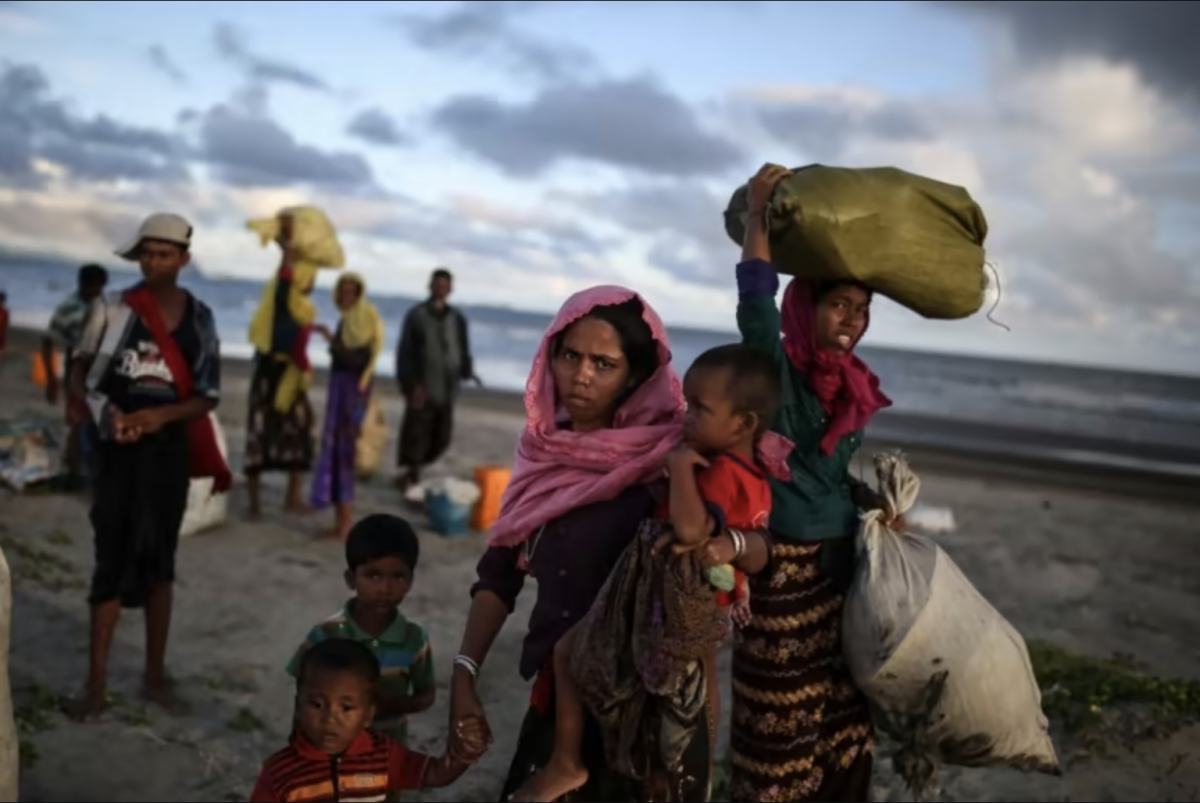
An informal and fragile cease-fire agreed to in November between the AA and the military-controlled State Administration Council is holding after a similar peace agreement broke down earlier. During periods when fighting had stopped, the AA and its political wing, the United League of Arakan, have used the breathing space to strengthen its forces and set up administrative control over extensive areas of northern Rakhine state and elsewhere.
As the AA was undergoing military training in 2012, a 27-year-old Buddhist woman was allegedly raped by three Muslim men, setting off a firestorm with inter-communal killings by both Buddhists and Muslims.
In 2017, the militant Arakan Rohingya Salvation Army attacked government police posts and an army base. The Tatmadaw's response was savage. The U.N. and other agencies have documented the torching of villages, gang rapes, mass killings and children thrown into fires. Faced with such brutality, more than 750,000 Rohingya fled to Bangladesh.
Since then, thousands have again taken flight, escaping both from Rakhine state and the teeming Bangladesh refugee camps aboard decrepit boats seeking safe havens. Many perish at sea. Others have been blocked from landing in Thailand, Malaysia and Indonesia. But large numbers have reached Australia, India, Pakistan, Saudi Arabia and other countries.
As long as the military regime remains in power, there is virtually no prospect that the refugees will be allowed to return.
Although the government in 1958 recognized the Muslims of Arakan as one of the country's 135 indigenous races, they were rendered stateless by the 1982 law.

In the years before the 2021 power seizure, the military stoked a nationwide upsurge of "hate speech" and violence against the Muslims, claiming that they would one day eradicate Buddhism and overwhelm the Bamar, despite making up about 4% of the population. Most Muslims in Arakan, the government insisted, were Bengali migrants who had poured into Myanmar and thus did not constitute an ethnic group. The term Rohingya was banned.
Standard histories tell a different story. While some migration from Bangladesh probably has occurred in recent times, Arab traders may have reached Arakan's shores as early as the eighth century, followed by settlers from across the Muslim world. A major influx occurred during the colonial period when the British encouraged Bengalis from India to labor in Arakan's fertile valleys.
Over the centuries, Rohingya scholars argue, the Muslims of Arakan developed a strong self-identity similar to that of the Rakhine who are officially recognized as an ethnic minority. Separated from the Bamar heartland by a mountain range and speaking a distinct dialect, the Rakhine are more influenced by what has been called "the Bay of Bengal civilization" than that of the Bamar.
Enmity among the Rakhine against the Bamar is deeply rooted. The conquest of their kingdom in 1784 has not been forgotten, nor has the seizure of a highly revered image, the Mahamuni Buddha, which remains enshrined in a monastery near the central Myanmar city of Mandalay.
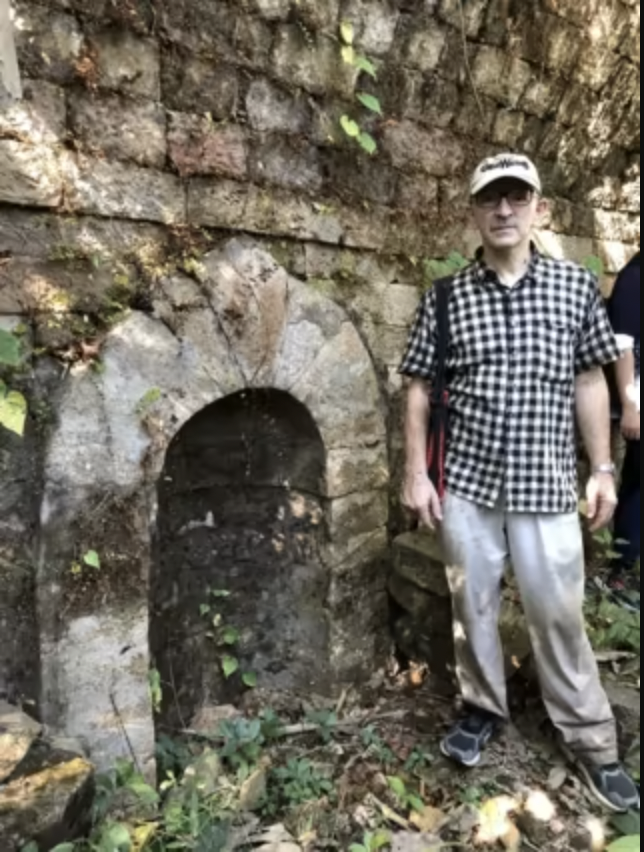
Zarni says Bangladesh scholars have romanticized the ancient Arakan kingdom as a model for forging a peaceful future between the Rohingya and the Rakhine, and the Rohingya embrace this nostalgia. But he believes their "romantic idea will remain a fantasy as long as Rakhine leaders and the public share the military's view that Muslims are guests and Islam an alien faith."
Jacques Leider, a historian who has carried out extensive research on Arakan's past, contends that the narrative of peaceful coexistence between Muslims and Buddhist in ancient Arakan is a "myth created by the Rohingya elite in the mid-1990s." But he added that Arakan was a cosmopolitan center in the 17th century, although not a haven of cultural harmony.
The kingdom did attract the Dutch, French and Muslims from Indonesia and Bengal eager to do business in spices, ivory, opium and slaves. Portuguese and Japanese mercenaries guarded the Buddhist kings while Muslims also served in the royal guard. One monarch erected Kothaung, the capital's largest temple, studded with 90,000 images of the Buddha.
That glory has long vanished and Mrauk U has almost been consumed by the jungle. When the area was cautiously opened to foreign tourists in 1994, visitors discovered a ramshackle town with haunting but crumbling monuments. For decades, access necessitated a six-hour journey by river boat.
Some restoration and excavation has been undertaken since the late 1990s by the government's Department of Archaeology. Leider is uncertain about the current condition of the monuments but there have been no reports of damage from fighting around Mrauk U.
"There is today barely any art historical research on Mrauk U and no academic research on the architecture of Mrauk U. There are no monographs of any of the temples," he said.
"It was one of the most isolated places in a self-isolated country," he has said of his time there in the late 1990s.
It remains so today.









